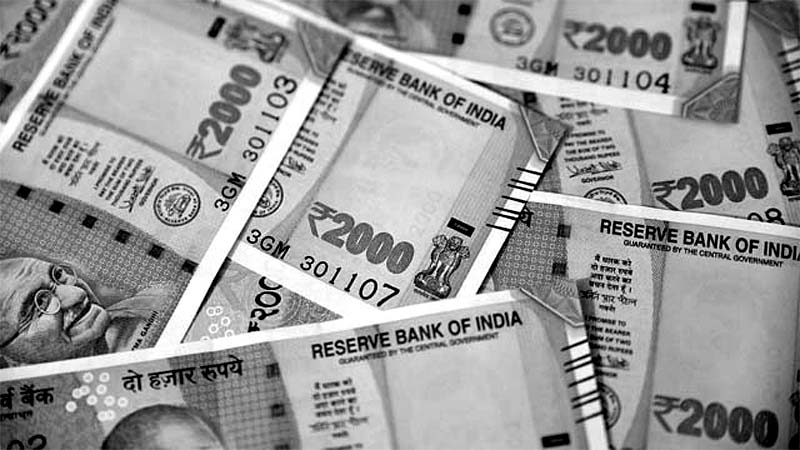Once again, the CSAT (Civil Services Aptitude Test) is under scrutiny due to discrepancies in the question paper. The concerns about this Aptitude Test in the Civil Services Preliminary Examination have raised alarm bells among students and activists. The demand for reducing the cutoff of the CSAT-2023 has reached the Delhi High Court, which has urged a prompt decision on the matter.
The petition calls for a reduction in the CSAT question paper cutoff from 33 to 23 percent. While the Union Public Service Commission (UPSC) claims that the CSAT questions should be at the level of class X, this year’s questions did not match that standard. This has caused frustration among students, who argue that even though the CSAT is a qualifying paper, achieving the minimum 33 percent mark requires exceptional skills.
The CSAT question paper has been a subject of controversy and doubt since 2011. Two main issues surround this question paper. First, there is skepticism about its practical role in selecting candidates with strong administrative skills and personality. Second, doubts arise regarding the intention behind this question paper—whether it favors a specific group or class.
The preliminary examination serves as a gateway to the main examination, acting as a “trimming phase” to select the most suitable candidates. However, the difficulty level of the CSAT question paper has been a stumbling block for many aspirants. For instance, Ishita Kishore, who secured the first rank in the recent examination, failed to clear the preliminary level in her two previous attempts. Similarly, Gunjita Agarwal, ranked 26th, could only qualify the CSAT paper in her fifth attempt. Many examinees find themselves victimized by this challenging paper, indicating a lack of coordination between the mental tests of the preliminary and main examinations.
From an administrative perspective, the main examination holds more significance than the preliminary exam. Nevertheless, the UPSC has made the preliminary exam more important by incorporating mathematics into it. This move raises questions about the necessity of mathematical knowledge for administrative roles. Financial experts have traditionally handled such matters, and it is essential for the UPSC to remember that administrators do not necessarily need to be elite experts in every field. Supporters of CSAT argue that it serves as a criterion for selecting the “best brains” for administration.
However, we must ask ourselves who should be considered the “best brain” for administrative positions. Over the past 53 years, the Nobel Prize in Economics has been awarded, but there is no evidence to suggest that any recipient has become a successful entrepreneur. Even when Albert Einstein was offered the presidency of Israel, he declined, stating he was not suitable for the role. Could our brilliant mathematician Ramanujan have excelled as a District Magistrate?
The annual reports released by the UPSC reveal a clear bias towards engineers in the current examination system, which is catered to through CSAT. According to the 2021-22 report, 64.9 percent of successful candidates were engineers, and this percentage is expected to increase in the coming years. The difficulty level of the CSAT question paper poses a significant challenge for non-engineering candidates, leading to their exclusion at the preliminary stage.
This bias is evident in the composition of the CSAT question paper itself. Out of the seven subjects in its syllabus, approximately 65 out of 80 questions in the latest exam were asked from just two subjects. Higher Maths accounted for around 40 questions, while Logical & Analytical Ability and General Mental Ability, which are common to all, contributed to about 12 questions. Other topics mentioned in the syllabus, such as communication skills, decision making, problem-solving, and data interpretation, were noticeably absent. This raises suspicions that the questions were designed to favor a particular group of candidates.
The CSAT has a qualifying mark of 33 percentile, while the selection is based on the General Studies question paper. However, even if candidates from Scheduled Tribes (ST) achieved the cutoff score of 34.68 percent in the General Studies paper, they still needed to score at least 33 percent in CSAT; otherwise, their General Studies paper would not be evaluated. This raises concerns about the need to reconsider the weighting of these papers. The Nigvekar committee, which was formed to examine CSAT, described the question paper as favorable to urban candidates and unfavorable to rural candidates. Yet, instead of creating a level playing field for all, the UPSC continues to modify the paper year after year, seemingly benefiting a specific class. How long will this injustice persist?
It is imperative for the UPSC to address the concerns and demands raised by students, activists, and the Delhi High Court regarding the CSAT question paper. Striving for fairness, transparency, and equal opportunities in the examination process will ensure that the most deserving candidates are selected for administrative positions, irrespective of their academic background. The goal should be to identify individuals with the right skills, aptitude, and commitment to serve the nation effectively. Only then can we build a bureaucracy that truly represents the diversity and aspirations of our society.

